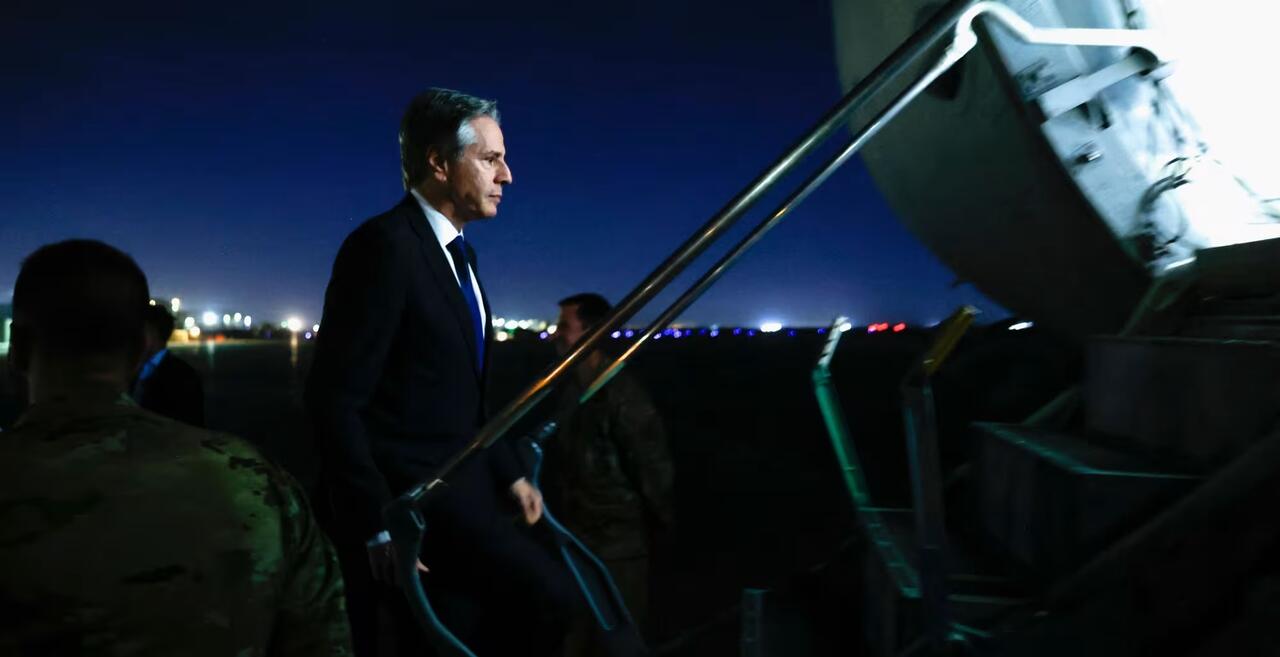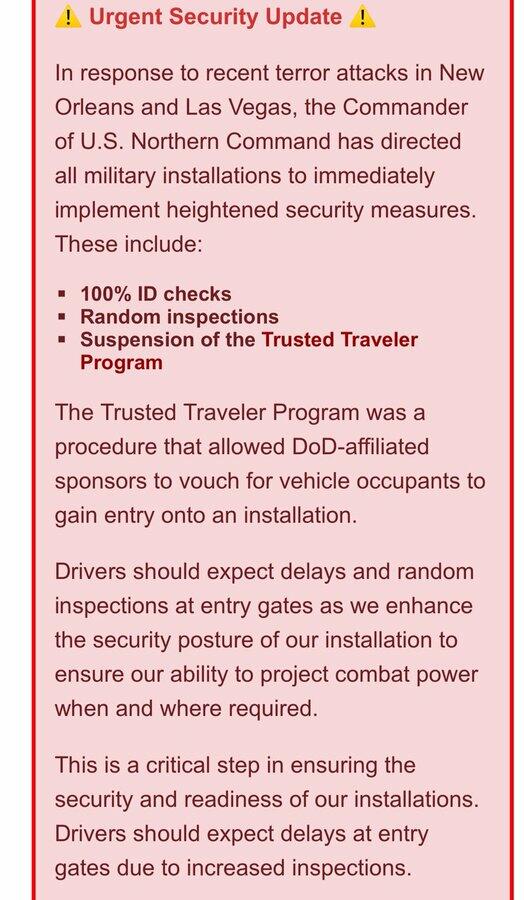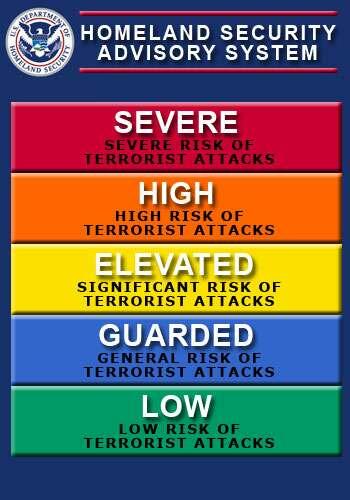Residents in Manhattan’s congestion pricing zone may pay the new toll — even if they don’t drive.
Companies making deliveries or providing services in the central business district south of 60th Street are sending out notices that they will add the cost of the fee as a surcharge in their bills to customers.
Phone and data service company CompuVoip, which contracts with the New York City government, already let the city and other customers know of the new fee before the $9 toll went into effect Sunday.
“Dear Valued Customer: At CompuVoip, our core principle is to deliver exceptional value to our customers. While the costs of providing service calls have risen, we’ve absorbed these increases without passing them on to you—until now,” the firm said in a notice to the City Council.
“Starting January 5th, New York State will implement congestion pricing in certain areas of Manhattan,” it went on. “As a result, we will need to introduce a `congestion pricing surcharge’ for customers located within the Congestion Pricing Zone. This surcharge will reflect our actual costs and will only apply to service calls in that area.”
The company said the surcharge will only be slapped on people and companies within the congestion zone — “and only while Congestion Pricing is in effect.”
Long Island-based firm Dream Events & Decor will also add the costs of the toll to provide catering and party events in Manhattan.
The new toll will cost the firm about $20,000 a year, said Isabel Doerbecker, general manager and president of event operations.
“That’s something we’re going to have to take additional account of,” Doerbecker said.
Doerbecker said she’s looking to cut back on her business’s trips to vendor-suppliers in Manhattan to buy tablecloths, cutlery and decorations. Instead, she’s looking for suppliers on Long Island and outside of the zone.
A Brooklyn-based air-conditioning and ventilation service firm, Mechanical East, alerted customers last spring that it would impose a surcharge for all work orders to compensate for the toll.
Opponents said the pass-along cost to customers is another reason why the first-in-the-nation congestion toll to feed the MTA’s coffers is a disaster in the making.
“It’s no surprise to anyone with common sense that businesses operating within the CBD [Central Business District] will pass the Congestion Scam Tax onto consumers,” said Queens Councilman Robert Holden.
He called MTA chairman Janno Lieber as “King Lieber” and Gov. Kathy Hochul as “Tyrant Hochul” who “are pillaging taxpayers to fund the grift and mismanagement of the Miserable Transit Authority.”
Bronx Councilwoman Kristy Marmorato posted CompuVoip’s notice on her X account.
“AND SO IT BEGINS!” she wrote. “This Congestion pricing cash grab is going to affect our every day commute, infringe on accessibility & affordability, but NOW we are also seeing how this is going to INCREASE all costs in our daily lives.”
Hempstead Town Supervisor Donald Clavin, who has two pending lawsuits against congestion pricing in state and federal court, called the new $9 toll “Hochul inflation.”
“It’s just another tax. It’s going to drive up prices that are already high. Here comes Hochul inflation,” Clavin said.





